Day 1: South of Kyoto
Getting there: We took the Keihan Train to Fushimi-Inari Station since we stayed 2 minutes to Kiyomizu-Gojo station on the Keihan line. The Keihan Main Line connects Eastern Kyoto to the south putting us almost at the doorstep of the famous Fushimi-Inari Shrine.
Admission: Free
Time spent: The whole morning. It depends on how much you want to explore in Fushimi Inari Shrine. The Torri gates will lead you to an isolated shrine up in the mountain. If you intend to go to the very end, it’ll take at least 1 whole morning. If you just want to take an Instagram shot at the Torri gates without visiting the shrines, 30 minutes is more than enough.
Rule of thumb in visiting Kyoto, always go to the most famous sites early in the morning. First stop today is the number one most visited landmark in all of Japan (according to Tripadvisor): Fushimi Inari Shrine, where tens of thousands of bright red torii gates (Senbon Torii) are installed leading up to the sacred mountain. The shrine is dedicated to the Japanese fox goddess, so you can see statues of foxes with various items in their mouth granting different blessings. However, watch your fingers! Legend has it that the fox spirits would possess people by slipping through their fingernails.
Coming out from Fushimi Inari shrine, I recommend shopping at the side lane for snacks. Here you can find barbecued sparrow and inarizushi (sweeten rice wrapped in fried tofu), which is said to be the favorite food of the fox spirit.
Getting there: From the Fushimi Inari Shrine, You can either walk south until you reach the turn for Tofukuji temple or ride the JR Nara Line to Tofukuji station and then walk to it. A lesser known way to reach it is through the woods from Fushimi Inari hillside… just follow the signs and you’ll get there.
Admission: ¥400
Time spent: 1.5 hours is probably enough to see one part of the temple. If you are interested in the Hojo as well, put aside at least 1 hour more.
Tofukuji Temple is a popular Zen temple during autumn especially, due to a bridge called Tsutenkyo, also known as the Bridge to Heaven. Why does it have such a beautiful name? It is because the bridge stretches above a valley or lush maple trees and when the trees changed color during autumn, the spectacular view resembles a sea of crimson clouds. ¥400 will only give you access to the Tsutenkyo Bridge and the Kaisando Hall. If you want to visit the Hojo and its garden, you’ll need to pay another ¥400.
Kaisando Hall is the mausoleum of the temple chief priest. The stone path leading to the main door divides its garden into two parts: a dry rock garden to the left and a pond garden to the right.
Getting there: Just a few minutes on the Keihan Uji line, you’ll be in Uji, the birthplace of Japanese Matcha. From Keihan station, you need to cross the river to the other side where all the attractions could be found.
Time spent: half a day
Byodoin admission: ¥600
If you intend to visit the Hall of the Pheonix, it will cost ¥300 extra. You have to pay at the little stall right in front of the connecting bridge and queue up next to it. Every 20 minutes, 50 visitors will be granted admission into the hall and no photos or videos are allowed inside. The guides only speak Japanese but you’ll be given an English hand-out. The last tour is at 4:10 pm so make sure you arrive well in advance.
If you happen to visit during summer when daylight is longer, I recommend checking out Ujigami Shrine and Uji Shrine as well, entrances are free.
Last but not least, go to a local specialties shore to try out Cha-Soba (soba noodles made with green tea) and attend a traditional tea ceremony.
-----------------------------------------
Day 2: East of Kyoto
Getting there: I stayed in an excellent Airbnb near Kiyomizu-gojo station. So I had the chance to walk to the temple before anyone else!
Time spent: the whole morning
Admission: ¥400
Kiyomizudera temple is a sight one should never miss on any trip to Kyoto. Sure, it is super touristy, but it's also the most magnificent temple with huge importance. The temple ground opens as early as 6 am in the morning. Try to get there as early as you can as the crowd will grow tremendously after 10 am during peak seasons. The area is lit up for night viewing after 6 pm during both spring and autumn, however, always check the schedule on that day. While you’re there, don’t forget to try improving your luck in love by praying at Tainai-Meguri. If you can walk from the 1st stone to the next successfully with your eyes closed, you’ll be granted a divine favor.
Afternoon: Higashiyama Area
Getting there: just walk!
Time spent: the whole afternoon.
Admission: Free
After exiting from Kiyomizudera, walk down the Sannenzaka and Ninenzaka streets. There are tons of souvenir shops along them. You can even find the world’s most traditional Starbucks store here! Whatever you do, don’t spend too much time in the stores, there are tons of attractions around. My personal favorite sights in this area are the Yasaka Koshindo, which is the most colorful temple in all of Kyoto (or Japan, I would say), and the iconic landmark of Kyoto, the Yasaka Pagoda.
Evening: Kodaiji Temple
Time spent: 2 hours
Admission: ¥600
Kodaiji is approximately 15 minutes walk from Kiyomizudera without stopping (but you can never do such a thing). We arrived at around 4 pm, just in time to watch sunset and enjoy the nightly light show (seasonal)
-----------------------------------------------
Day 3: North of Kyoto
Getting there: To get around the North part of Kyoto, we bought a Kyoto bus pass at ¥500. From Kyoto station, take a bus (number 23/59/101/102/204.205) to Kinkakuji-michi station.
Time spent: 1.5 hour
Admission fee: ¥400
Kinkakuji (also known as the Temple of the Golden Pavilion) is the ultimate all-time favorite for sightseeing in Kyoto. Formally known as Rokuonji, Kinkakuji was designated a UNESCO World Heritage Site as part of the "Historic Monuments of Ancient Kyoto" in 1994.
When we were there, there was a huge group of school kids around in uniforms, so I’m guessing its a popular destination for school field trips. You’ll see a square lining with souvenir stalls at the end of the trail. we were allowed to taste almost everything at no cost and of course, we couldn’t resist the urge to buy a lot of them.
Noon: Ryoanji Temple
Getting there: Get on bus number 59 from the Kinkakuji-mae bus stop, and get off at the Ryoanji-mae stop. The ride will only last a few minutes. Alternatively, you can walk to Ryoanji.
Time spent: 45 minutes
Admission fee: ¥500
Ryoanji temple is famous for its zen Karesansui style garden. There are no trees nor ponds like a typical Japanese garden, just fifteen rocks sitting on a bed of white gravel. If you get hungry here, go to the onsite restaurant near the exit that serves delicious boiled tofu (yudōfu).
Afternoon: Yokai Street
Getting there: Take bus number 51 and stop at Kitanotenmangumae Bus stop. Pay full attention as the stop is only a few minutes away. Yokai street is about 3 minutes walk from this bus stop. Alternatively, walking all the way from Ryoanji to Yokai Street will take 24 minutes.
Time spent: 45 minutes
Admission: Free
Yokai street (Ichijo-dori) is a commercial lane that has around 30 homemade monsters lining it. These monsters are popular beings right out from Japanese local folklores: some good, some mischievous, some evil. Despite what it looks like, this street is not populated by tourists so no souvenir shops here. Instead, these are small businesses that cater to the residents.
Evening: Nishiki Market
Getting there: From Kitanotenmanguemae Bus stop, take bus 101 towards Kyoto Station and stop at Shijo Karasuma. Nishiki Market is 10 minutes walk away. Alternatively, you can also take bus 10 or 203B and stop closer to Nishiki Market. If I am not mistaken, the bus stop is called Shijo Takakura, which is less than 5 minutes walk to Nishiki Market.
Time spent: the whole evening
Admission: Free
This is a long narrow alley lined by countless shops and stalls. It is an ideal place to grab dinner, especially if you like deep-fried seafood skewers. A walk in this busy area of Kyoto is pleasant, at the same time very rewarding. Although I’ve promised myself to cut down unnecessary spendings, I had no control when it comes to food. Most shops provide free samples so even when I was already full, I couldn’t resist taking some more. Well when people offered, how can I say no?
--------------------------------------------
Day 4: Day trip to Nara
Getting there: We used the JR Nara line to reach Nara. However, I feel that the Kintetsu line is much more convenient.Time spent: Almost a whole day
After a walk in the woods, go out to the town to witness Mochi-pounding at Nakatanidou. The gurus here were crowned the fastest mochi pounders in the nation and their mochis are seriously unbeatable.
------------------------------------------
Day 5: East of Kyoto
Morning: ArashiyamaDay: Kameoka - Arashiyama
Getting there: We used a ¥500 Bus pass again. This time we took bus number 11 and stop directly in front of Nonomiya Shrine by the famous Bamboo path. In my opinion, this is the best arrangement as you can arrive at the most significant landmark first thing in the morning to beat the crowd.
Time spent: From sunrise to late afternoon.
When it came to my 5th day in Kyoto, I was done with shrines and temples. Then I heard about Hozugawa Kudari (a riverboat ride) in the west end of town... Who knew Kyoto can also be a premier spot to enjoy nature? Since Arashiyama (the landing dock) is on my bucket list, I decided that I could add that to my itinerary. I decided to go with KKday on a unique half-day tour. I’ve heard reviews that the crews at Hozugawa boat ride only speak Japanese so I would love some guidance. Other than that, as a bonus, the tour includes a ride on a horse carriage and a guided walk through the bamboo path and Tenryuji temple! The tour I experienced was a seasonal activity (Autumn), so to book a similar experience, check this out (winter tour)!
After the half day tour, we walked around the Togetsu-kyo, tasted some Bamboo- and Sakura- flavored soft serves, explored the Kimono forest at the Raden station and munched on chestnuts!
Afternoon: Maruyama-koen Park
Getting there: We took bus number 11 again to reach Shijo-Keihan (? I forgot its name in English but the Japanese name of the bus stop is this:四条京阪前.
Admission: Free
Time spent: Try to stay there until sundown
In my case, I did not because I was totally worn out by all the exciting activities the whole day. Maruyama-koen Park is a cool place for some peace and quiet. The scenery during autumn is amazing. I can’t wait to see it when the flowers blossom in spring.
Evening: Hanamikoji Dori street
Getting there: walk from Maruyama-Koen
Admission: Free
Go to the main street of the Gion area and stay alert for any sight of Geishas.There are many traditional restaurants and tea shops lining both sides of this historic street, so even if you aren’t lucky enough to spot geishas, the street is very instagrammable so you’ll be caught up photographing the townscape.
After your time in Hanamikoji Dori, we took bus number 93 from Shijokawaramachi bus station to Kiyomizu-Gojo station. That is the end of our 5 days in Kyoto!
---- The End----
Wanna travel in Japan? I recommend buying a JR pass for your next visit?
Step By Step: How to buy a JR Pass
Here is an exclusive discount for MHF readers: use the promo code KLOOKMHF to get RM15 off!
-----------------------
Follow me on Instagram if you would like to see more photos!
📌For more travel tips, like Eat Love Travel Breathe with Miss HappyFeet.
📌Subscribe to the monthly newsletter for exclusive travel deals, tips, free E-books, monthly giveaway and travel coupons!
----------------------
Thank You for Reading!






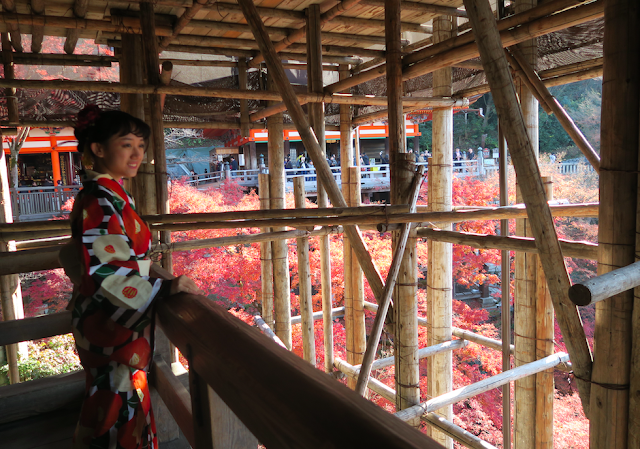
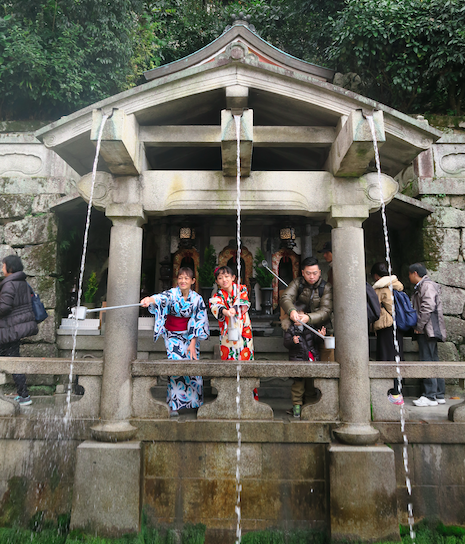








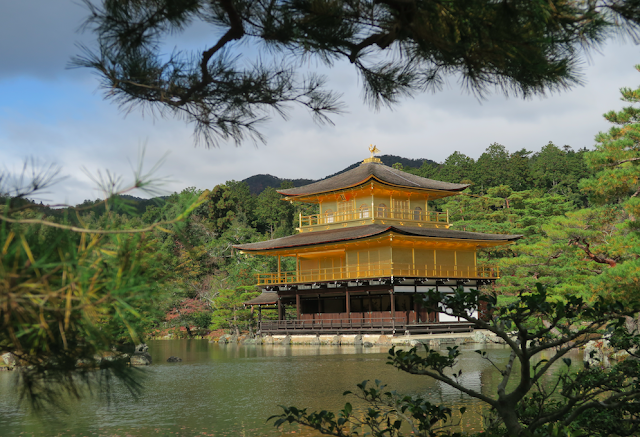

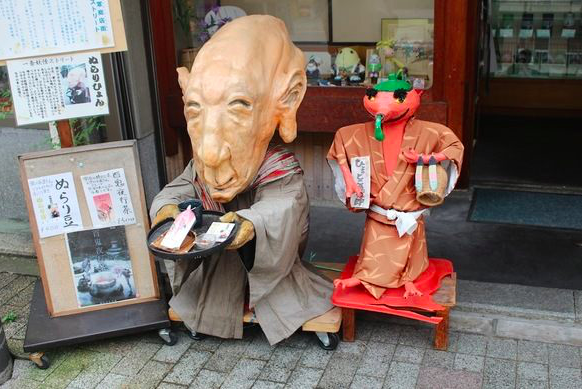







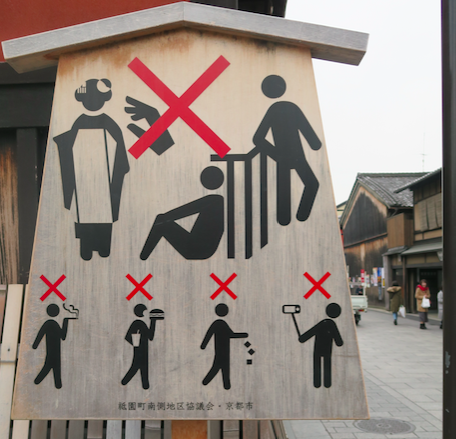


No comments:
Post a Comment